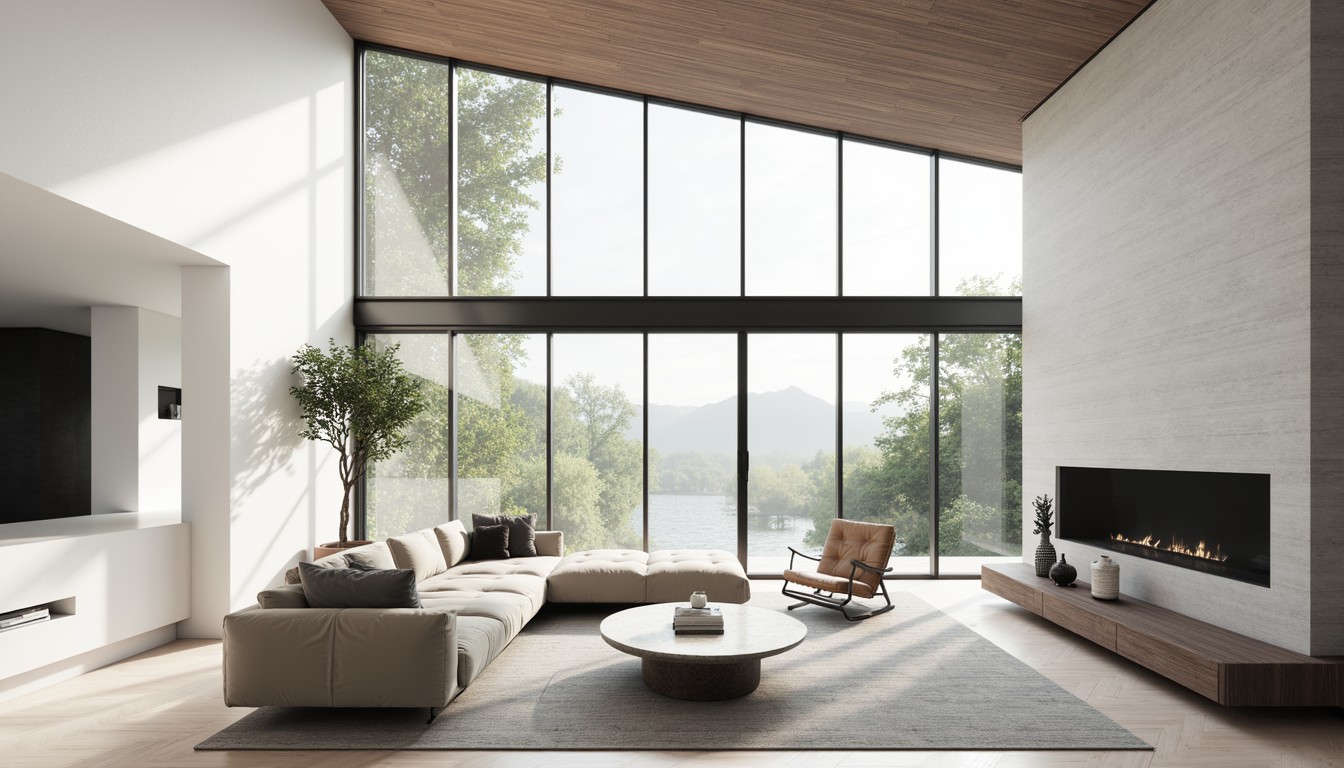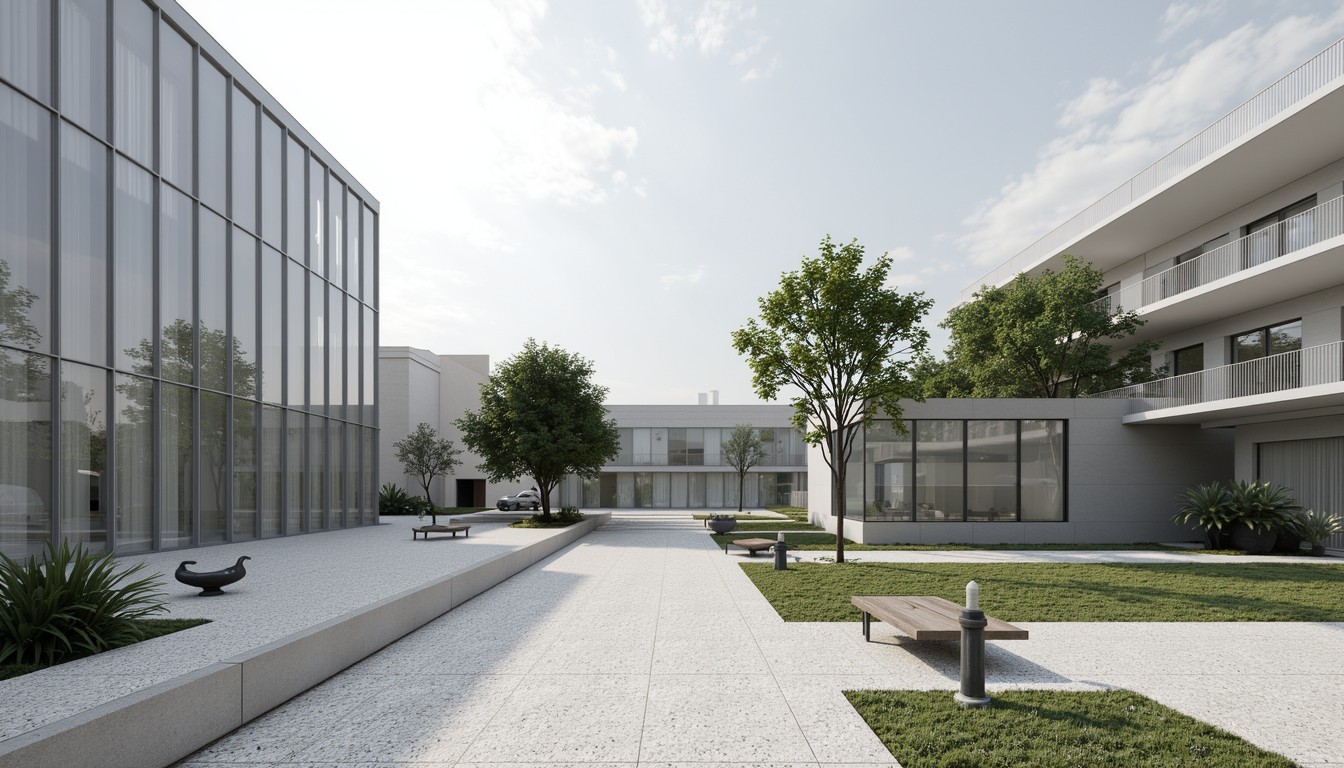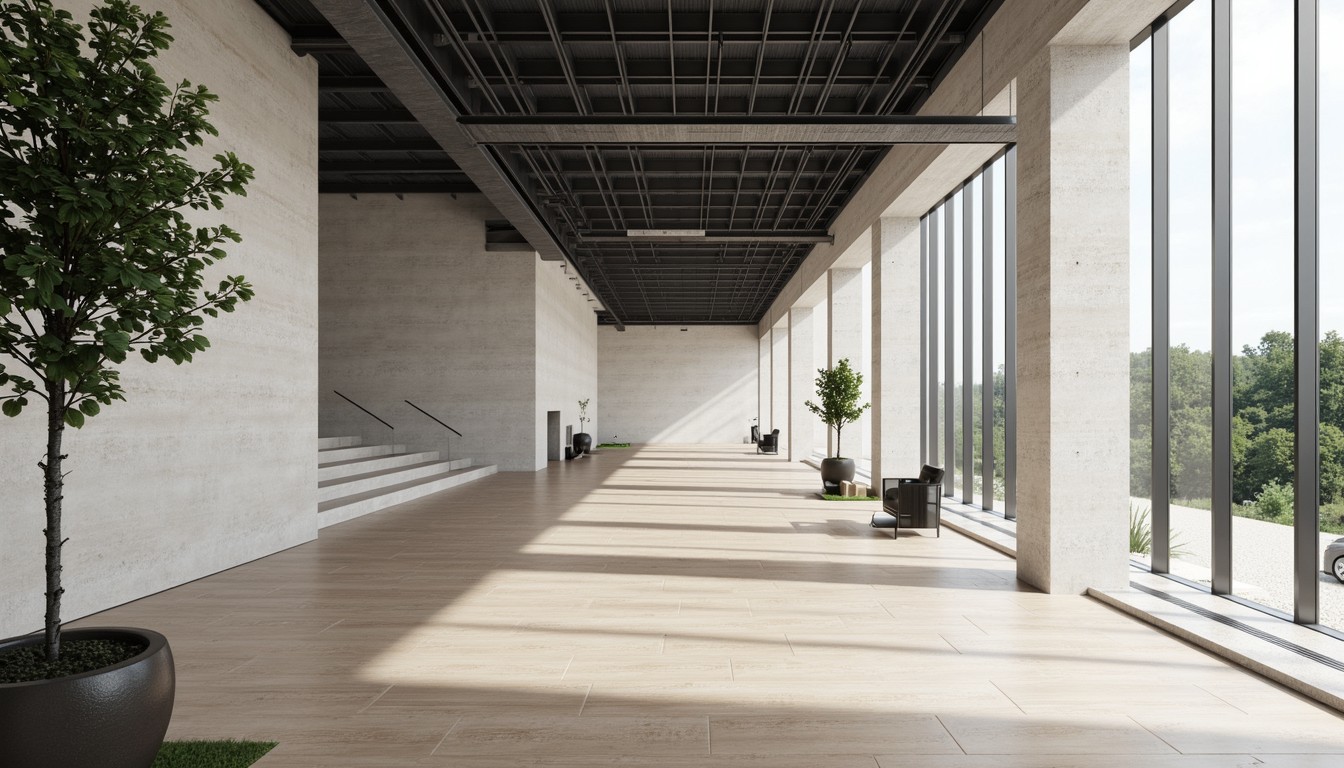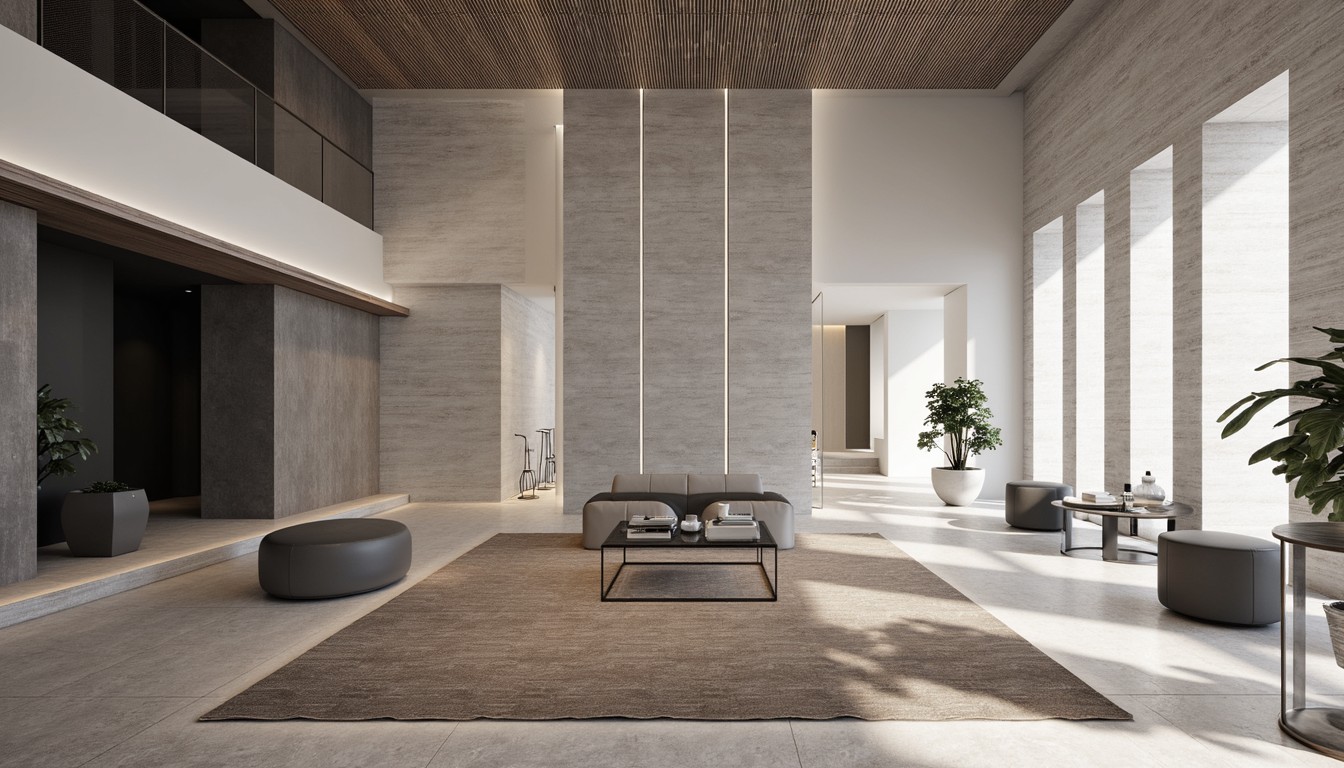Smart Building Technology: Revolutionizing Architecture
The architectural landscape is undergoing a dramatic transformation, driven by the integration of smart building technology. No longer are buildings simply static structures; they are evolving into dynamic, responsive environments that prioritize efficiency, sustainability, and occupant well-being. This shift is impacting every stage of the architectural process, from initial design concepts to post-occupancy evaluation. ArchNav, at the forefront of architectural visualization, plays a crucial role in showcasing the potential of these intelligent systems.
Defining Smart Buildings: Beyond Automation

A smart building isn't merely a building with automated lighting and climate control. It's a sophisticated ecosystem of interconnected systems, leveraging data analytics and artificial intelligence (AI) to optimize performance across various aspects. This includes:
- Energy Management: Smart sensors and building management systems (BMS) monitor energy consumption in real-time, identifying inefficiencies and optimizing energy distribution. This often involves integrating renewable energy sources like solar panels and wind turbines.
- Security Systems: Integrated security features, including access control, surveillance cameras, and intrusion detection systems, enhance building security and provide real-time monitoring capabilities.
- HVAC Optimization: Intelligent HVAC systems adjust temperature and ventilation based on occupancy patterns, time of day, and external weather conditions, leading to significant energy savings and improved comfort.
- Lighting Control: Smart lighting systems adjust brightness and color temperature based on natural light availability and occupancy, maximizing energy efficiency and improving visual comfort.
- Data Analytics and IoT Integration: The Internet of Things (IoT) allows for seamless integration of various building systems, generating vast amounts of data that can be analyzed to identify patterns and optimize building performance. This data can be used for predictive maintenance, reducing downtime and operational costs.
Real-World Applications and Case Studies

Smart building technology is already transforming the built environment. Consider these examples:
- The Edge, Amsterdam: This office building boasts a sophisticated BMS that monitors energy consumption, occupancy, and environmental conditions to optimize building performance. The system learns from data to continuously improve efficiency.
- The Bullitt Center, Seattle: This net-zero energy building showcases the potential of integrating renewable energy sources and smart building technologies to achieve exceptional sustainability goals. Its comprehensive monitoring system provides real-time data on energy consumption and environmental impact.
- Smart Hospitals: Smart building technologies are revolutionizing healthcare facilities by improving patient care, enhancing operational efficiency, and improving infection control through real-time monitoring of environmental conditions and equipment performance.
Architectural Implications: Designing for Intelligence
The integration of smart building technology significantly impacts the architectural design process. Architects must consider the following:
- Sensor Integration: Careful planning is required to seamlessly integrate sensors and other IoT devices into the building's infrastructure without compromising aesthetics or functionality.
- Data Security: Robust cybersecurity measures are crucial to protect sensitive data collected by building systems.
- User Experience: Smart building systems should be user-friendly and intuitive, allowing occupants to easily interact with and control various building features.
- Future-Proofing: Buildings must be designed to accommodate future technological advancements and upgrades.
ArchNav's Role in Visualizing Smart Buildings

ArchNav specializes in creating high-quality architectural visualizations that accurately depict the potential of smart building technologies. Our expertise in 3D modeling, rendering, and animation allows us to showcase the functionality and aesthetic appeal of integrated systems, helping architects and developers effectively communicate their vision to clients and stakeholders. We can visualize:
- Interactive dashboards and user interfaces: Showcasing how occupants interact with smart building systems.
- Data visualizations: Illustrating energy consumption, occupancy patterns, and other key performance indicators.
- Integration of smart devices: Accurately representing the placement and functionality of sensors, actuators, and other IoT devices.
- Future building scenarios: Modeling how smart technologies can enhance building performance over time.
Conclusion: Embracing the Smart Future
Smart building technology is not just a trend; it's the future of architecture. By embracing these innovative technologies, architects can create buildings that are more efficient, sustainable, and responsive to the needs of their occupants. ArchNav is committed to helping architects and developers realize the full potential of smart buildings through our cutting-edge visualization services. Contact us today to learn how we can help you bring your vision to life.
